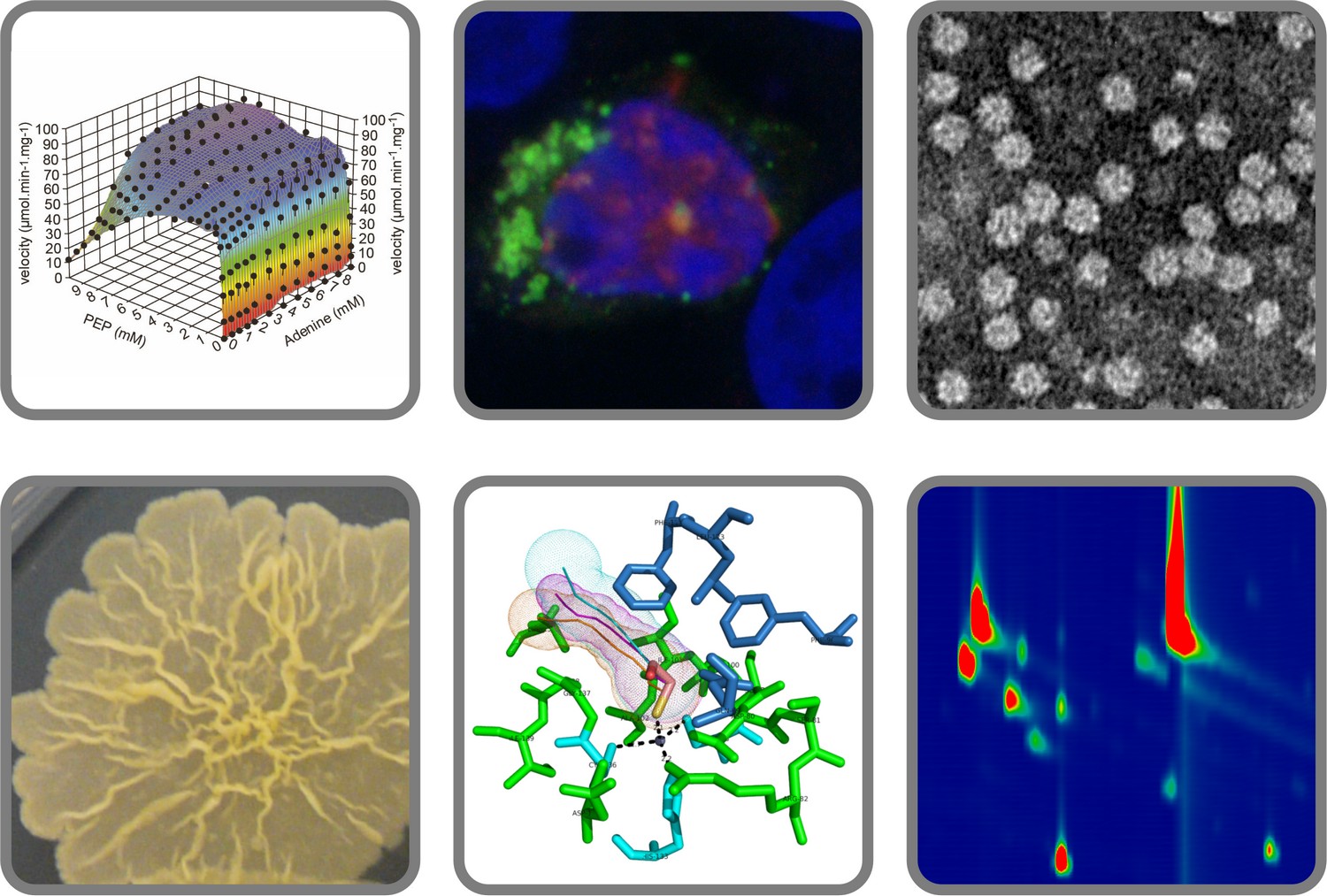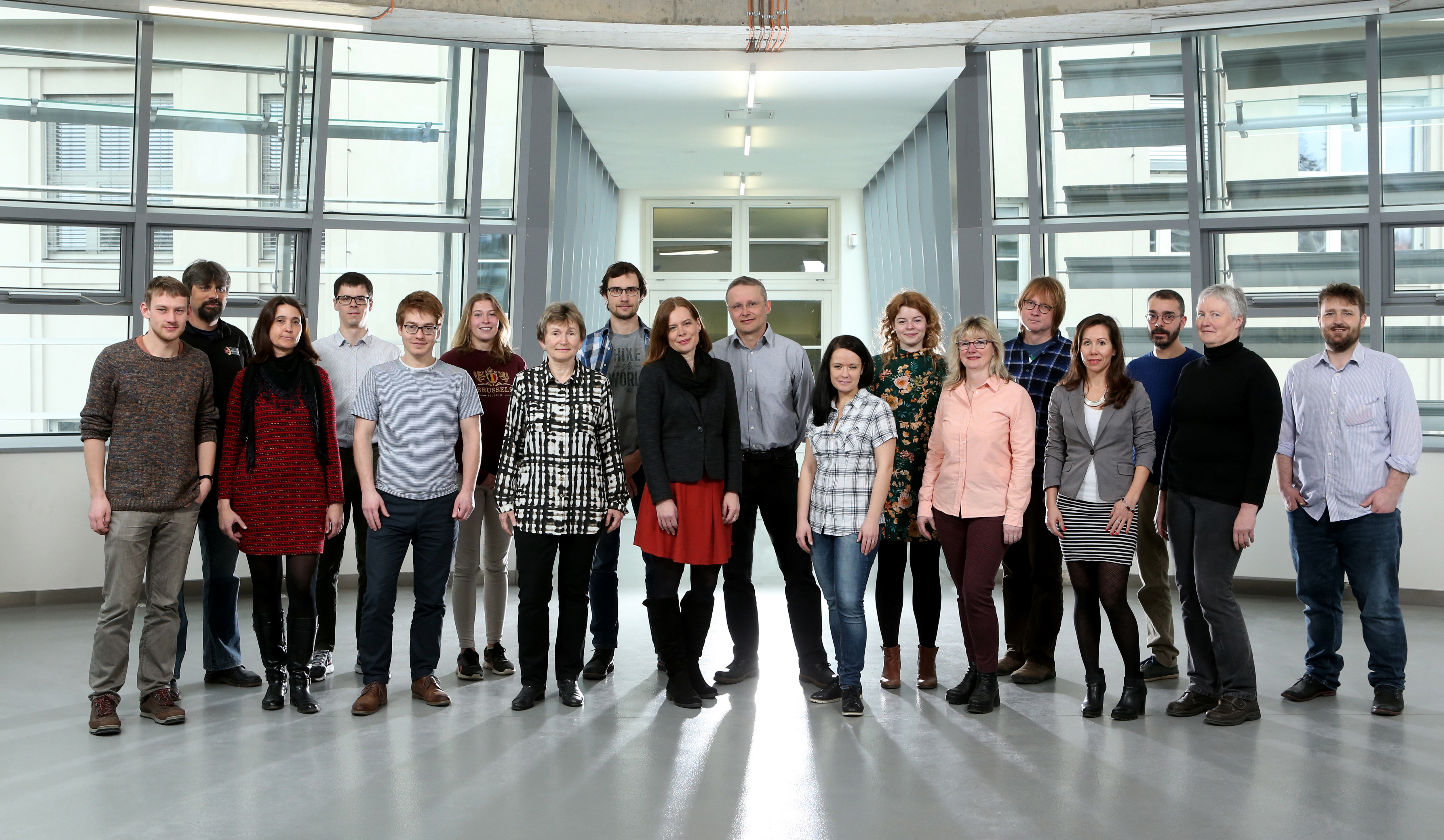About our group
The research of our laboratory focuses mainly on functional and structural studies of key proteins from Hepatitis B virus and Mycobacteria spp and their interactions with cellular proteins. We also study proteins from pathogenic yeasts and cooperate with chemical ecologists on insect pheromone biosynthetic enzymes.
Research projects involve protein engineering, protein purification, protein characterization, enzymology, NMR and X-ray protein structure solution, isolation and analysis of complexes of cellular and pathogenic proteins, various molecular biological methods, and electron microscopy analysis. Our close cooperation with organic chemists facilitates multidisciplinary research focused on identification and characterization of enzymes involved in drug metabolism and testing of potential inhibitors.
The group is a member of the Gilead Sciences & IOCB Research Centre, NPU 1 and OPVVV projects.

News
Show allPublications
All publications



